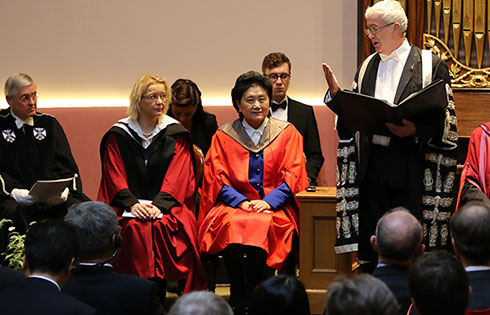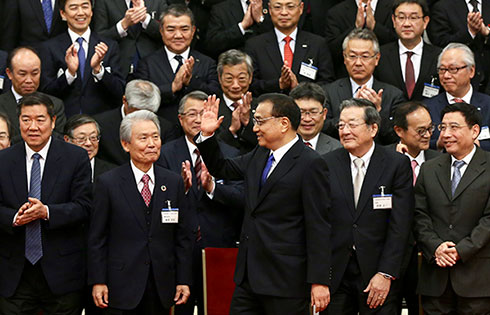China is serious in addressing climate change, experts say
 |
|
Sunday Leonard, is a scientist at the Climate and Clean Air Coalition based in Paris. [Photo by Lucie Morangi] |
Policies developed and implemented by China are indicative to its strong commitment towards achieving environmentally-friendly socio-economic development. Coming at a time when countries are strongly pushing for sustainable economic growth, these successes can be emulated and scaled up to reverse global warming.
"The Chinese government is surely moving towards achieving improved air quality in their cities. They have prioritized the issue," said Sunday Leonard, a scientist at the Climate and Clean Air Coalition, a program hosted by the United Nations Environment Program.
He was among researchers who worked on The Climate and Environmental Benefits of Controlling SLCP's in PR China, a report that was released in September last year. Short-Lived Climate Pollutants (SLCPs)are substances such as black carbon, methane, tropospheric ozone and many hydro fluorocarbons, which have a significant impact on near-term climate change but have a relatively short lifespan in the atmosphere. It can last for a few days to about a decade.
"The report shows that China is consistently developing and implementing innovative policies. It will definitely achieve its goals in the near future," said Leonard, who is in Kenya attending the United Nations Environment Assembly, which represents the highest level of governance for international environmental affairs in the UN system.
According to the report, China's five-year plans (FYP) contain several important environmental-related targets and encourage significant investment in achieving these targets.
The report shows that among the targets are those that could contribute to improved local air quality. This includes the goal of decreasing energy consumption per GDP by 20 percent and reducing total sulfur dioxide emissions by 10 percent as contained in the 11th FYP. Another goal is increasing non-fossil fuel proportion in primary energy consumption to 11.4 percent, decreasing energy consumption per GDP by 16 percent, reducing carbon dioxide emissions of GDP by 17 percent, decreasing total nitrogen oxides emissions by 10 percent and total sulfur dioxide emissions by 8 percent as contained in the 12th FYP.
"National records show that the air quality-related targets in the 11th FYP were achieved and exceeded," the report stated, adding that success is also being achieved towards the 12th FYP, including the adoption of technologies that significantly reduce carbon dioxide emissions per GDP.
"China leads in technology that captures dusts and sulfates emitted during coal mining. It has helped to reduce black carbon emissions from the power sector, reversing what could have otherwise been a major black carbon emission source in the country," said the scientist from Nigeria who is now based in France.





















